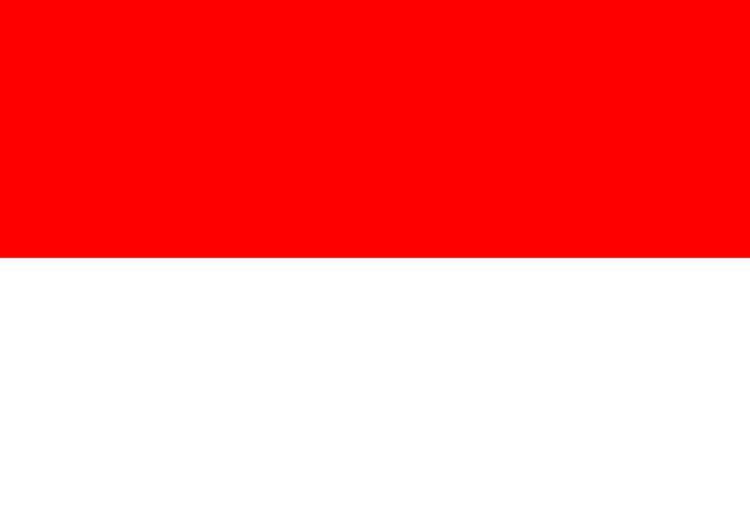Slogan Elsass frei | ||
 | ||
Type Independence movementRegionalism (politics) Methods ProtestsParty politics Affiliations Alsace d'abordUnser Land | ||
Alsace autonomist movement (French: Movement autonomisme alsacien) or (German: Elsasser autonome Bewegung) is a cultural, ideological and political regionalist movement for greater autonomy or outright independence of Alsace.
Contents
- Background
- 19th century
- World War II
- After reattachment to France
- Political parties
- Organisations
- Other
- Achievements
- References
Purposes generally include opposition to centralist territorial, political and legal pretentions of either France ("Jacobin policies"), including the new French region Grand Est since 1 January 2016, and Pan-Germanism of Germany; or both. It instead generally favours regional decentralization including political and fiscal autonomy for Alsace, promoting the defense of its culture, history, traditions, and bilingualism of the Alsatian language. A slogan that has sometimes occurred in protests in the 21st century is "Elsass frei" (Alsatian: "Alsace free").
Several mass protests have taken place in public places around Alsace in opposition to the French region of Grand Est, with ratification on 1 January 2016. In addition, several Alsatian organisations and political parties have been formed to promote the cause, notably Alsace d'abord and Unser Land.
The movement of greater autonomy of Alsace runs partly parallel to that of Alemannic separatism, originating in the Napoleonic era (ca. 1805–1815) and briefly revived both after the World War I (1919) and after the World War II (1946–1952).
Background
Due to expansionist doctrines of France since the time of Louis XIV, Alsatians have been subject to many shifts in European history.
Over the centuries, many figures and organisations have contributed to the cause of rejected either or both of these pretentions, promoting varying degrees of autonomy or even independence, both in public and in form of political participation.
Various autonomist and separatist movements in Alsace have received support from over the political spectra, including left, centre and right, comprising diverse political ideologies.
19th century
World War II
The establishment of Nazi Germany and its annexion of Alsace-Lorraine during the World War II, introduced a new situation for many Alsatians, including hardships for many, such as the malgré-nous. However, some advocates of autonomy for Alsace saw the new regime as a chance to reenacted rights for the culture and autonomy of the Alsatians formerly under French government. While few were actually attracted to the anti-semitism or authoritarianism of the regime, a number of Alsatian autonomists were subsequently accused of collaboration with Nazi officials after the war, some of which were trialed, prisoned, and even executed.
After war, also related groups fr:Nanziger and fr:Loups Noirs remain notable.
However, other Alsatian were staunch opponents of the Nazi occupation, such as the artist Jean-Jacques Waltz.
After reattachment to France
In contemporary Alsace, Alsace d'abord constitutes the most notable current political party associated with promotion of greater autonomy of Alsace, along with Unser Land, formed in 2009 after a merge of Union du peuple alsacien and Fer's Elsass.
Political parties
Organisations
Other
Achievements
2016: Despite many protests, the new French region of Grand Est was introduced with ratification on 1 January 2016.
